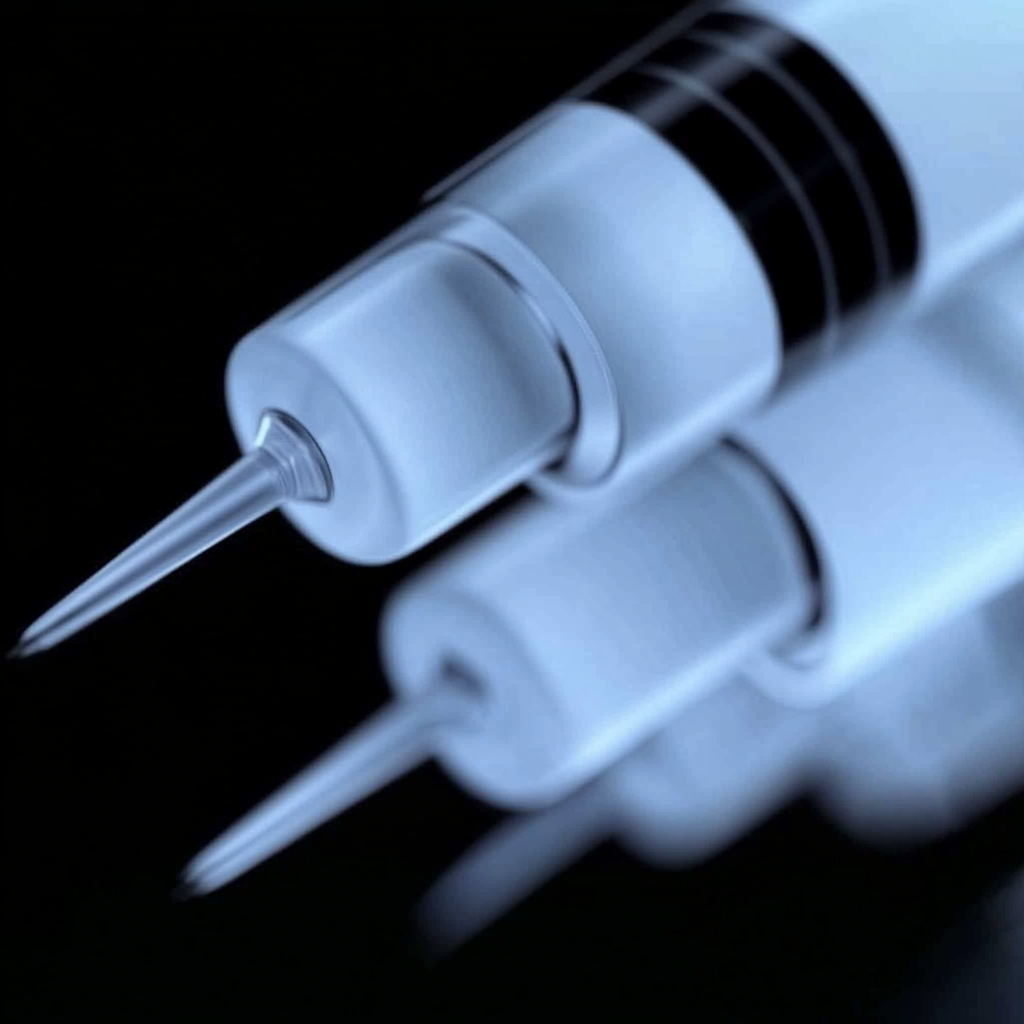J Cosmet Dermatol. 2025 Apr;24(4):e70195. doi: 10.1111/jocd.70195.
ABSTRACT
BACKGROUND: L-glutamine and linoleic acid (LA) can suppress inflammatory cytokine expression; however, studies on their simultaneous application are limited due to polarity differences.
AIMS: To investigate the effect of glutamine linoleate vesicles (QLAsomes) on skin sensitization by assessing their impact on sensitization-related protein expression, bacterial growth, and clinical efficacy in relieving skin itchiness.
METHODS: After synthesizing and analyzing QLAsomes, their inhibitory effects on capsaicin-induced cytokine expression and Staphylococcus aureus growth were evaluated. In a double-blind clinical trial, 24 participants (ages 22-63) with sensitized skin applied 10 wt% QLAsome cream on one side and a vehicle or no cream on the other twice daily for 2 weeks. Itchiness in the elbow area was assessed using a visual analog scale and expert evaluation. Skin barrier changes were measured using transepidermal water loss (TEWL), skin erythema, and stratum corneum (SC) hydration.
RESULTS: QLAsomes, formed by L-glutamine and LA through hydrogen bonding, were spherical vesicles (164.6 ± 3.1 nm). Based on the inhibitory effects of L-glutamine and LA on inflammation-related factors, QLAsomes inhibited the capsaicin-induced expression of these factors more effectively than the individual components. IL-4 inhibition was improved by over 26%. Matrix metalloproteinase-1, which degrades collagen, showed 32% and 23% improvements compared to L-glutamine and LA, respectively. In a clinical evaluation, 10 wt% QLAsome cream reduced itching by 45% compared to before application, which is a 67% improvement compared to placebo. Skin evaluations revealed improvements in erythema (12%), TEWL (15%), and SC hydration (19%), suggesting that QLAsomes enhance the skin barrier function.
CONCLUSIONS: QLAsomes showed up to 32% higher expression inhibition of key skin sensitization-related factors than individual components, and based on this, improved pruritus by 67% more than placebo. As nanovesicles with skin-soothing properties, they are effective for drug encapsulation and managing skin sensitivity in pharmaceutical and cosmetic industries.
PMID:40259621 | DOI:10.1111/jocd.70195
